Our Ways of Working
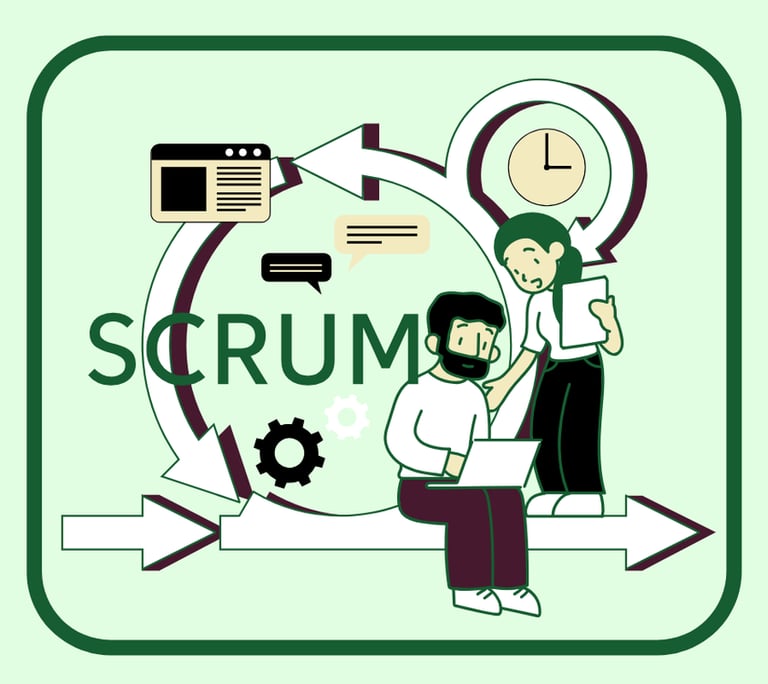

Agile that’s applied — not abstract.
Agile has evolved far beyond its origins in software development — and for good reason. Its adaptability makes it especially valuable in complex, people-centred work like social change, community building, and public service.
But when agile frameworks like Scrum are introduced into new settings — particularly the charity and community sector — they’re often misunderstood or diluted. Terms like “sprint” or “retrospective” get picked up without the structure or accountability that gives them meaning. The result? Confusion, not clarity.
Kanban tends to be clearer in practice largely because its rules are fewer and it builds on existing ways of working. But even Kanban has a clear method — and it works best when properly understood and applied.
In this section, we look at how Scrum and Kanban can be used effectively in the nonprofit sector, and why it’s critical to draw from the deep, well-established bodies of knowledge behind them. Agile isn’t just a set of buzzwords — and applying it without understanding how the parts fit together is like building a house of cards.
To work, agile must be grounded. Not trendy. Not abstract. But real, practical, and respectful of the teams doing the work.
Click on the button below each image to learn more about PlaceBased Agile's methods.
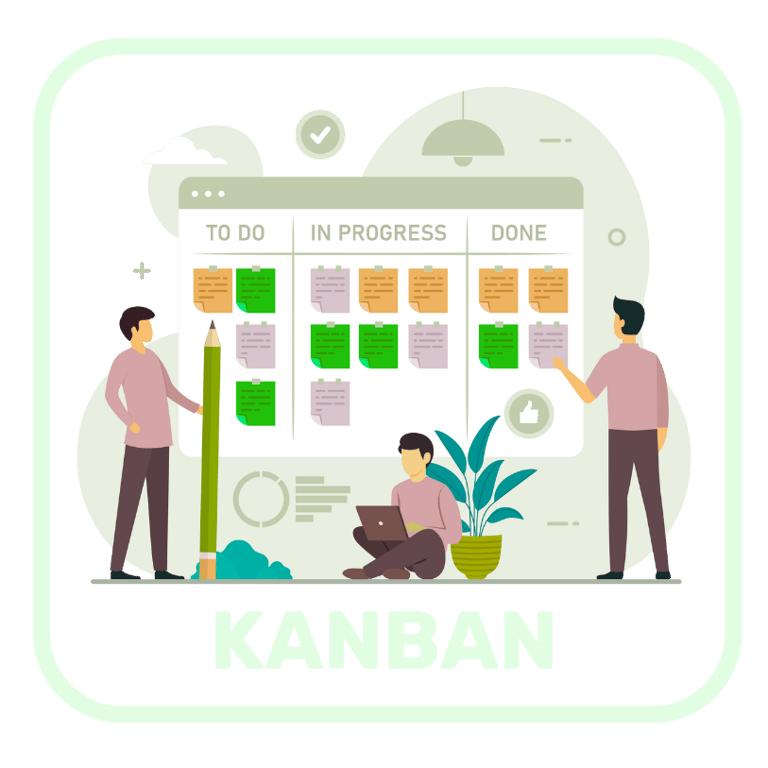

At PlaceBased Agile, I employ and respect the Scrum framework, alongside other methods adapted to different customers depending on their organisational structure and preferences, like Scrumban (a combo of Scrum and Kanban) and Kanban. When Scrum works best, I help your team apply it carefully to achieve full Scrum potential and in a way that suits your organisation's wider context. Not as contextless jargon. Not as a leadership exercise. But as a working rhythm you build into your real work.
I follow the Scrum Guide framework — not fragments of it.
As the Scrum Guide says,“Scrum exists only in its entirety." You can’t run a single retrospective and call it agile. You can’t label any workshop a “sprint.” I respect the integrity of Scrum, while showing you how it’s applied in your context.
Agile is adaptive. But it’s not a free-for-all.
I don’t offer courses that leave you with good intentions and no plan. I work inside your projects with your people (as agile is about the team not about leadership nor hierarchies) to help build agile rhythms into real delivery. This means:
Co-creating sprint backlogs from your actual priorities
Running retrospectives with your team, not about them and not top down
Helping teams make visible progress toward meaningful goals
It’s agile you do, not just learn about.
Agile as it's meant to be done: through action and for teams
In fact, it dismantles hierarchies in favour of shared ownership, cross-functionality, and team-level responsibility.
That’s why PlaceBased Agile is against building exclusive agile leader clubs or groups.
Such exclusivity goes against to the agile manifesto and how Scrum and other agile methodologies work.
Doing so actively recreates problematic work culture that agile was created to address.
Scrum isn’t a leadership framework.
Trusted Agile Help using Scrum
I am a Professional Scrum Master (PSM I) by Scrum.org. Which involves applying and embedding Scrum in organisations and teams and promoting agile ways of working.
To quote from Scrum.org, "Professional Scrum Masters demonstrate knowledge and understanding of Scrum and their ability to apply it in real-world situations."
The PSM I certification is recognised as a certification that demonstrates "a fundamental level of Scrum mastery." As a PSM I certification holder, I have proven that I understand Scrum as described in the Scrum Guide and how to apply Scrum in Scrum Teams."
PlaceBased Agile works with orgs making differences in their communities. It's here to bring structured, tested ways of working to charities and community organisations at the local level, the places where real change actually happens.
What this means...
Using certified Agile frameworks with real-world adaptation — not off-the-shelf training
Knowing exactly why agile works for charities — and why traditional methods fail
You won’t leave with a certificate. You’ll leave with a stronger team and clarity about what agile looks like for your org.
While others focus only on national charities, we’re proud to work with:
Local and regional charities and CICs building new services
Local authorities exploring agile commissioning
Funders testing cross-sector collaboration
Grassroots teams creating place-based change
Agile doesn’t belong to any one kind of organisation, nor is it meant as leadership club or a certification for clout. It belongs to any team committed to learning and delivering better. It can be embedded at any level.
Working with PlaceBased Agile:
You get a partner who:
Respects your context
Builds trust in the process
Stays with you through the work
Helps your team learn by doing — not by watching slides
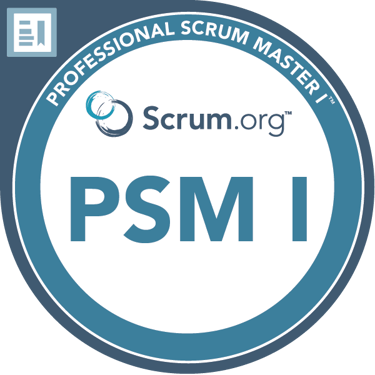

Some charity-sector offers use Scrum language without clear agile training or reference to the framework itself.
This allows "antipatterns" to creep in, leading to frameworks contrary to Scrum principles like charity agile leader's clubs, positioning Scrum as a top-down framework.
On Scrum antipatterns see: https://www.scrum.org/resources/blog/anti-patterns-scrum-master
Or check out Stefan Wolper's fantastic book: The Scrum Anti-Patterns Guide: Challenges Every Scrum Team Faces and How to Overcome Them (The Professional Scrum Series) (https://www.informit.com/store/scrum-anti-patterns-guide-challenges-every-scrum-team-9780137977963)
Kanban: Starting Where You Are Now as an Organisation
Simple to begin. Powerful when done right.
While Scrum gives us structure and rhythm, Kanban meets you exactly where you are. It's not about changing everything at once — it's about making work visible, managing flow, and improving gradually. For many charities, CICs, and public teams taking their first steps into agile, Kanban can be the gateway to meaningful change.
But like Scrum, Kanban is not just a bunch of sticky notes or a digital board. It’s a framework with its own values, principles, and deeply tested practices.
“Start with what you do now.”
– David J. Anderson, Kanban Method co-creator
That doesn’t mean “do anything.”
It means observe your work honestly, then apply small, focused changes using a disciplined system of improvement.
The Kanban Method
Six Core Practices every team should understand before claiming to “use Kanban”:
Visualise the workflow
Limit work in progress (WIP)
Manage flow
Make policies explicit (around Kanban use explicit)
Implement feedback loops
Improve collaboratively, evolve experimentally
These aren’t just best practices — they’re what makes Kanban Kanban. Without them, what you’re doing isn’t really Kanban. It’s just task tracking.
Kanban for Charities & Community Teams
Kanban fits especially well when:
Your work is ongoing and doesn’t fit into fixed-length sprints
You’re dealing with shifting demands, reactive work, or lots of in-flight tasks
You want to start small without a complete organisational overhaul
You need better prioritisation, visibility, and communication across teams or departments
At PlaceBased Agile, I help your team start with what they already do — then use the Kanban method to improve, not overwhelm. That might mean setting WIP limits to reduce overload, refining how requests come into your team, or visualising bottlenecks for the first time. Often the best solution is to start with a Scrum sprint (1 week to a month) and then maintain the momentum if the project is done with Kanban.
We build real Kanban systems for charities and community organisations, not “to-do lists.”
Respect the Method. Adapt the Application.
Just like with Scrum, I don’t cherry-pick random elements from Kanban and bolt them onto unrelated workflows. I’m a certified Scrum Kanban Practitioner (SKP) through Kanban University, and I know that’s not how meaningful improvement happens. Instead, we work together to:
Understand your actual process
Visualise how work moves (or stalls)
Make improvement decisions based on evidence
Create a sustainable, transparent rhythm to your delivery
Kanban doesn’t require new job titles or team roles (and, again, doesn't result in agile leaders clubs) — but it does require commitment. That’s why I stay with you as you evolve it, supporting reflection, experimentation, and iteration over time.
Kanban + Scrum + Scrumban
Sometimes we blend Kanban’s flexibility with Scrum’s focus — that’s called Scrumban. But we still honour the core principles of both frameworks. Not jargon. Not shortcut hybrids.
Agile is not a buzzword.
It’s a craft. And it works — when you treat it with care.
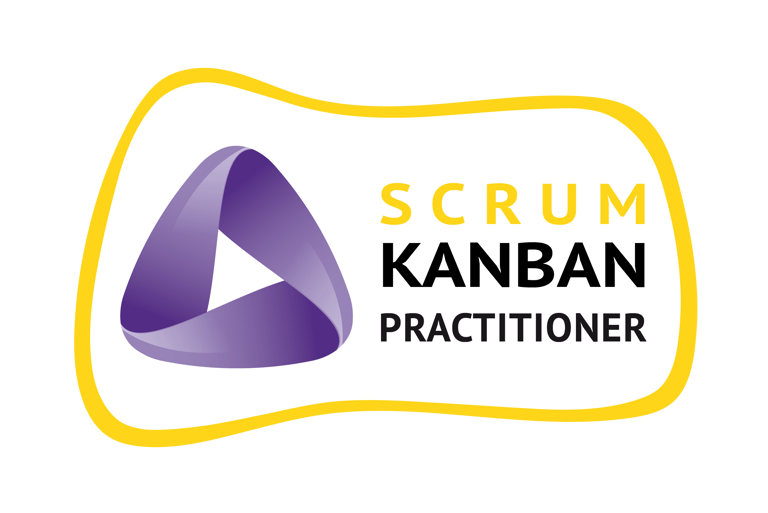

Check out PlaceBased Agile's Kanban workshop for Charities & Community organisations...
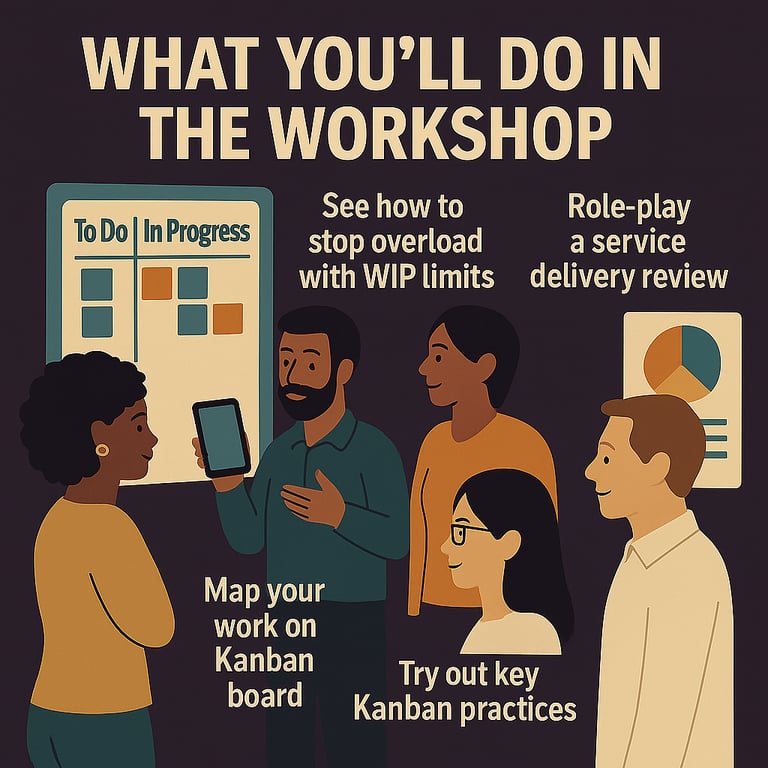

Agile should be honest and transparent.
It should make your team and organisation stronger. Not more confused.
That’s what our ways of working are designed to do.


Empowering Local Charities & Community Organisations to Grow and Transform with Agile
Contacts
By email: sprint@placebasedagile.co.uk
By phone: 073499626390
© 2025. All rights reserved.


PlaceBased Agile is operated by David Wallace-Hare, a sole trader based in the UK. Registered business address: Suite A, 82 James Carter Road, Mildenhall, IP28 7DE
